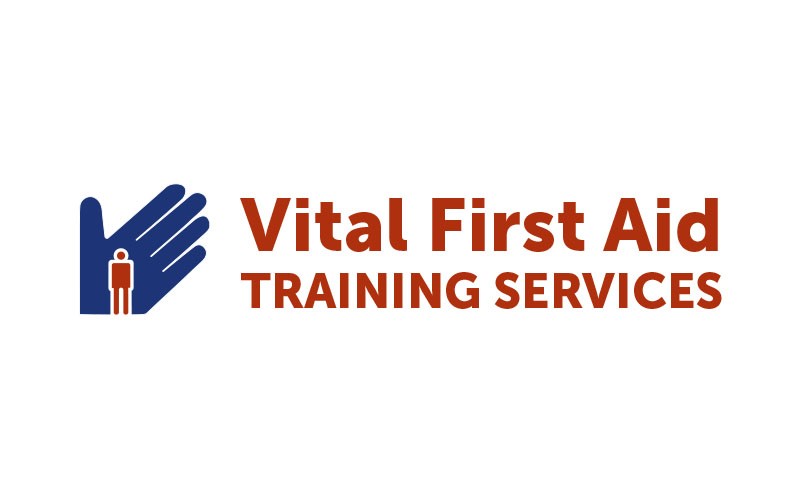There is a lot of uncertainty regarding the criteria for Rescue Breaths while performing CPR.
Even some well known training organisations are miss-interpreting the guidelines both here in Australia and internationally. This just leads to confusion in a field of pre-hospital care that is already filled with miss-information and poor education from “experts” that have never even seen a real cardiac arrest or take it on their own back to change guidelines and recommendations set down by governing bodies.
” Anything is better than nothing” when it comes to CPR, but here are the facts…..
Lets become consistent with our education on CPR and follow internationally accepted guidelines not individual opinions
Rescue Breaths Here in Australia:
When it comes to the question of Rescue Breaths I suggest you follow the guidelines set down by the Australian Resuscitation Council.
ANZCOR suggests that those who are trained and willing to give breaths do so for all persons who are unresponsive and not breathing normally
So in Australia we DO GIVE RESCUE BREATHS if trained and willing.
Rescue Breaths in America:
Many Australian first aid trainers say that “in America they don’t do rescue breaths “. well here is the actual guideline described by the American Heart Association (Our equivalent to the Australian Rescue Council)
Untrained lay rescuers should provide compression-only (Hands-Only) CPR, with or without dispatcher guidance, for adult victims of cardiac arrest. The rescuer should continue compression-only CPR until the arrival of an AED or rescuers with additional training. All lay rescuers should, at a minimum, provide chest compressions for victims of cardiac arrest. In addition, if the trained lay rescuer is able to perform rescue breaths, he or she should add rescue breaths in a ratio of 30 compressions to 2 breaths. The rescuer should continue CPR until an AED arrives and is ready for use, EMS providers take over care of the victim, or the victim starts to move.
So even in America they suggest that people trained in first aid and rescue breaths should give them. Clearly showing that it is also their understanding that breathing for a patient is important.
Rescue Breaths in Europe:
The immediate initiation of CPR can double or quadruple survival from cardiac arrest. 20,24–28 If able, bystanders with CPR training should give chest compressions together with ventilations
Rescue Breaths Summary
Of the 3 main expert resuscitation organisation internationally, ALL say the same thing. If you are trained in giving rescue breaths then YOU SHOULD GIVE RESCUE BREATHS.
Performing CPR on a patient in cardiac arrest is so so so important. If first aider’s become confused they are less likely to perform CPR – Let’s take out the confusion and follow consistent internally recognised standards.






